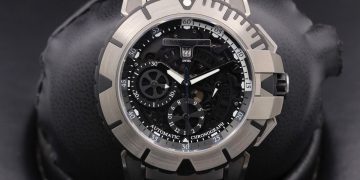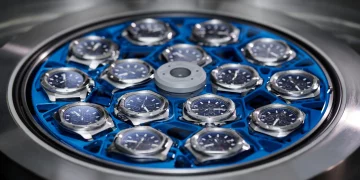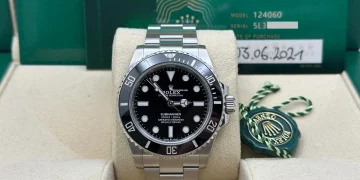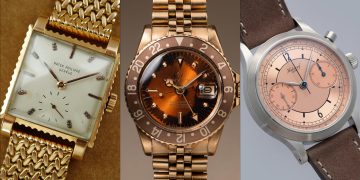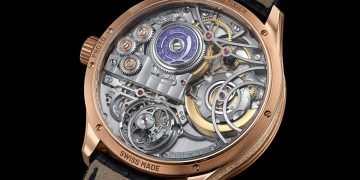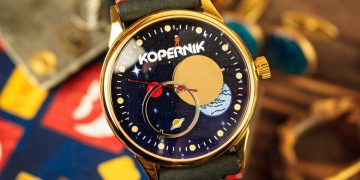The art of traditional watchmaking is steeped in history and craftsmanship. For centuries, horologists have relied on manual, mechanical ingenuity to create timepieces that not only tell time but also embody the pinnacle of precision and skill. Mechanical watches, with their intricate movements and flawless designs, have long been revered as symbols of luxury and craftsmanship. Yet, in a world where technology is evolving at an unprecedented rate, the question arises: can innovations in precision movements break through the limitations of traditional watchmaking and push the boundaries of what is possible in horology?
The answer to this question lies at the intersection of tradition and innovation. While many of the basic principles of watchmaking have remained the same for hundreds of years, modern advancements in materials, engineering, and technology have led to groundbreaking developments in the mechanics of precision timekeeping. These innovations hold the potential to not only improve the accuracy, durability, and reliability of mechanical watches but also to fundamentally alter the way in which horological masterpieces are created.
In this article, we will explore the innovations in precision movements that are challenging the constraints of traditional watchmaking, examining the various technological advancements that are pushing the boundaries of what was once considered possible. From the development of new materials and the enhancement of mechanical movements to the introduction of hybrid mechanisms, these innovations are rewriting the rules of watchmaking.
1. The Evolution of Mechanical Movements
Mechanical movements have been the cornerstone of traditional watchmaking since its inception. These movements, which rely on a network of gears, springs, and levers, have always been celebrated for their craftsmanship and beauty. However, mechanical movements are not without limitations, particularly when it comes to accuracy and longevity. Even the finest mechanical movements can suffer from slight errors caused by friction, wear, and environmental factors.
In recent years, innovations in mechanical watchmaking have sought to address these limitations. Brands like Patek Philippe, Audemars Piguet, and Omega have pioneered new developments in mechanical movements to enhance precision and improve performance.
a. The Co-Axial Escapement
One of the most significant advancements in precision movement technology came with the introduction of the co-axial escapement by watchmaker George Daniels in the 1970s. Unlike traditional escapements, which use two pallets to interact with the escape wheel, the co-axial escapement uses three, resulting in reduced friction and more consistent power delivery. This innovation enhances the accuracy and longevity of a mechanical movement by reducing the wear and tear that typically occurs with traditional escapements. Omega adopted this technology in its watches in the 1990s, and it has since become a hallmark of the brand’s commitment to precision.
The co-axial escapement is an example of how modern innovations can refine traditional movements, addressing the inherent limitations of older designs while maintaining the core principles of mechanical watchmaking. This development proves that, while traditional techniques are important, they are not necessarily static, and new solutions can be applied to improve their performance.
b. The Silicon Balance Spring
Another significant advancement in precision movements has been the introduction of silicon balance springs. Traditional balance springs, which are made of steel, are prone to changes in performance due to magnetic fields, temperature fluctuations, and wear. Silicon, with its anti-magnetic properties and resistance to corrosion, provides a more stable and accurate alternative.
Silicon balance springs have been widely adopted in high-end mechanical watches, allowing for more consistent timekeeping over time. Brands like Rolex, Omega, and Patek Philippe have incorporated silicon into their movements, leading to significant improvements in precision and reliability. This innovation has enabled watchmakers to overcome some of the most persistent challenges of mechanical timekeeping, enhancing the accuracy of their timepieces without sacrificing the artistry of traditional movements.
2. New Materials: Breaking Through the Limits of Durability
While traditional materials like steel, gold, and platinum have long been used in watchmaking, modern technological advancements have introduced a range of new materials that are more durable, lightweight, and resistant to environmental factors. These materials not only enhance the aesthetic appeal of watches but also contribute to the precision and longevity of the movements.
a. Ceramics
Ceramic is one of the most exciting materials to emerge in the world of watchmaking in recent years. Ceramic is highly resistant to scratches, corrosion, and fading, making it an ideal material for watch cases and other components. It is also lightweight, which makes it comfortable to wear while maintaining a premium feel.
Ceramic components are also increasingly being used in movements to improve the precision and reliability of watches. For example, ceramic ball bearings can reduce friction in mechanical movements, which leads to greater accuracy and longevity. Brands like Omega, IWC, and Audemars Piguet have incorporated ceramic into their timepieces, pushing the boundaries of what is possible in terms of both design and mechanical performance.
b. Titanium and Carbon Fiber
Titanium and carbon fiber are other materials that have become increasingly prevalent in the world of precision movements. Titanium is renowned for its strength and lightness, making it an ideal material for both cases and movement components. Watches made with titanium are not only lighter and more comfortable to wear but also more durable and resistant to scratches and corrosion.
Carbon fiber, on the other hand, is prized for its strength-to-weight ratio and its unique aesthetic qualities. The use of carbon fiber in watchmaking has enabled the creation of timepieces that are incredibly strong, lightweight, and visually striking. These materials are especially important in sports and dive watches, where durability and precision are critical.
Both titanium and carbon fiber offer substantial improvements over traditional materials, providing enhanced performance without sacrificing the aesthetic and functional integrity of the watch.
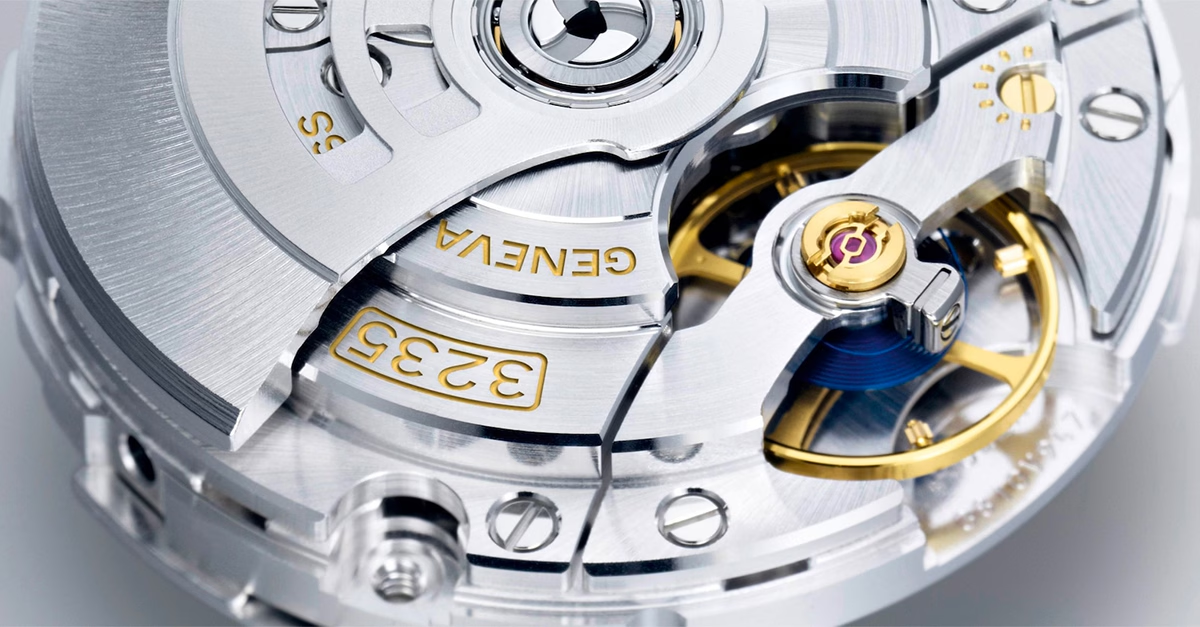
3. The Emergence of Hybrid Mechanisms
While traditional mechanical movements are still highly regarded for their craftsmanship and beauty, modern technology has introduced the possibility of hybrid mechanisms that combine the best of both worlds: the artistry of mechanical movements and the accuracy and convenience of digital technology.
a. Mechanical + Quartz: The Hybrid Movement
The introduction of hybrid mechanical-quartz movements has allowed for the best of both worlds to coexist in a single timepiece. These movements often feature a traditional mechanical movement that is augmented by a quartz regulator, which ensures high precision while retaining the traditional craftsmanship of the mechanical parts.
For example, Seiko’s Spring Drive movement combines a mechanical movement with a quartz-controlled regulating system, resulting in a watch that combines the elegance of mechanical horology with the precision of quartz. This hybrid movement eliminates the need for manual winding, yet still maintains the beauty and craftsmanship of mechanical watches.
b. Smartwatch Features with Mechanical Movements
In recent years, hybrid watches that combine traditional mechanical movements with smartwatch features have gained popularity. Brands like TAG Heuer, Garmin, and Fossil have introduced timepieces that offer smartwatch capabilities, such as fitness tracking, notifications, and connectivity, alongside traditional mechanical movements.
These hybrid timepieces represent a merging of old and new, offering the precision and artistry of mechanical watches with the modern functionality that tech-savvy consumers demand. They are a testament to the ability of watchmakers to adapt to changing consumer preferences while maintaining the integrity of traditional craftsmanship.
4. The Future of Precision Movements: Breaking the Limits
As innovations in precision movements continue to evolve, we are likely to see further breakthroughs that will push the boundaries of traditional watchmaking even further. Advances in materials science, micro-engineering, and digital technology will continue to improve the accuracy, reliability, and longevity of mechanical watches, creating new opportunities for horologists to explore.
The future of precision movements may involve even more advanced hybrid mechanisms, where mechanical movements are seamlessly integrated with digital technologies. The growing interest in sustainable materials and eco-friendly production processes may also lead to innovations that not only improve the performance of watches but also reduce their environmental impact.
Ultimately, while traditional watchmaking has always been about artistry, craftsmanship, and precision, the innovations in precision movements demonstrate that the field is not static. By embracing modern technology and pushing the limits of what is possible, watchmakers can continue to create timepieces that not only honor the traditions of horology but also break through the limitations of the past to redefine the future of timekeeping.
5. Conclusion: A New Era of Precision Watchmaking
Innovations in precision movements are undeniably breaking through the limitations of traditional watchmaking, allowing for greater accuracy, durability, and functionality. The combination of new materials, enhanced mechanical designs, and hybrid mechanisms is enabling watchmakers to create timepieces that offer improved performance without sacrificing the artistry and craftsmanship that define luxury watchmaking.
While traditional watchmaking techniques will always have a place in the hearts of collectors and enthusiasts, the incorporation of modern technology into mechanical movements is revolutionizing the industry. The future of horology is one where precision, artistry, and innovation coexist, creating timepieces that push the boundaries of what is possible while staying true to the heritage of watchmaking craftsmanship.



